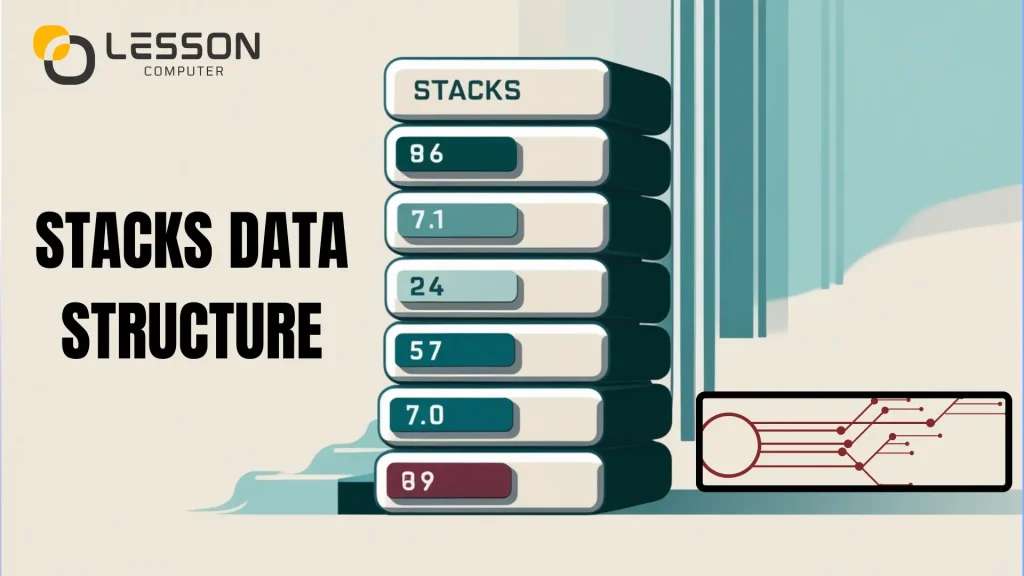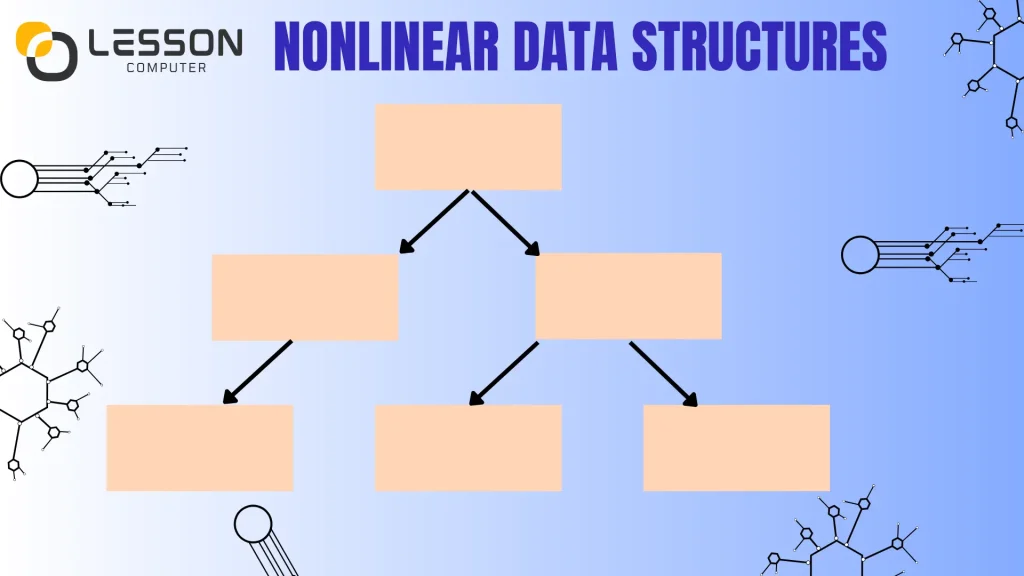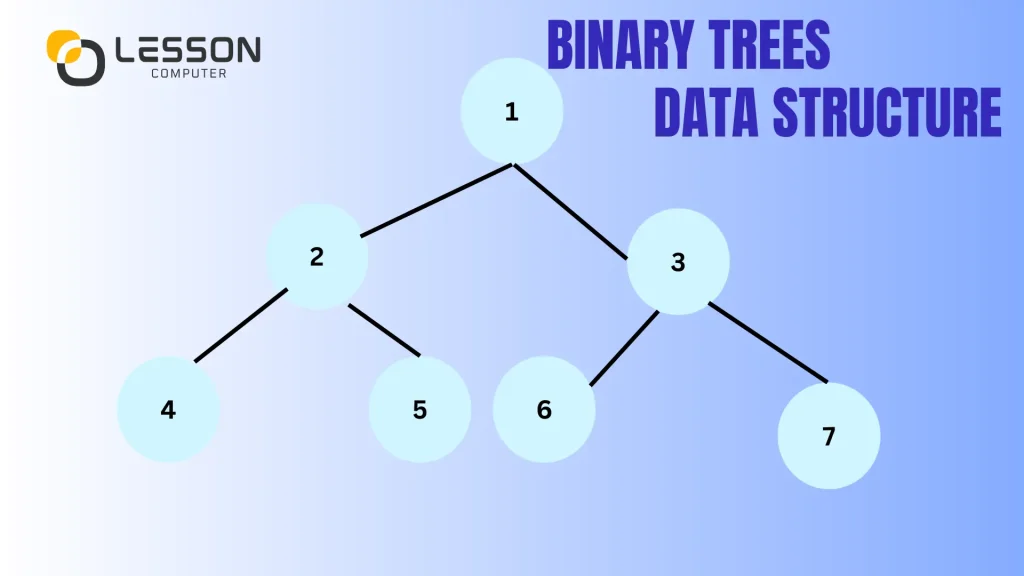
What Is Data Structure? – Complete Guide!
A data structure is a specialized design for organizing, processing, recovering, and storing data. It is like a filing system for data, You can arrange your data in many ways which organize and store it in a unique format within your computer’s memory.
In this article, we will discuss what data structures are, and why they are important. At the end of this article, you will have a good understanding of the different types of data structures.
Important Types Of Data Structures?
Data structures can be divided into different types, including linear and nonlinear structures. Within each type, forms suit different points and provide single ways of managing and linking data.
There are several types of Data Structures but some important ones are there:
- Linear data structures
- Linked lists data structure
- Stacks data structure
- Arrays data structure
- Queue data structure
- Nonlinear data structures
- Graphs data structure
- Trees data structure
- Binary trees data structure
- Tries data structure
1. Linear data structures:
A linear data structure is a type of data structure that stores the data in sequence with each element arranged on a single level and connected to elements on both sides. In these structures, you perform operations such as putting or deleting in a sequence.
2. Linked lists data structure:
A linked list is a sequence of elements. every component in the list is called a node, and every node has a link to the next node in the list. With linked lists, you can efficiently put and delete elements, easily adjusting the size of your list.
3. Stacks data structure:

A Stack is a linear data structure that represents a linear, ordered sequence of elements. It is an unreal data type. e.g. if you enter a new component, it comes into view on top. This component adding is a “push,” as it pushes all the previous components down. If you then remove the components, this is a “pop.”
4. Arrays data structure:
In computer science, an arrangement is a data structure consisting of a collection of components. The guide gives the direct address of each component, making arrangements for a highly logical data structure for accessing different data figures.
5. Queue data structure:
A queue is a linear data structure that stores the elements together. It uses the FIFO (the first in, first out) concept, meaning that you add components from the back enqueue and remove them from the front dequeue.
6. Nonlinear data structures:

Nonlinear data structures do not organize data sequentially. Since the data structure is non-linear, it does not include a single level. Instead, they form an arranged arrangement where one component connects to one or more elements, leading to a branching shape.
7. Graphs data structure:
Graphs are fundamental types of nonlinear data structures. A graph is a collection of points connected by border. The border connects any two points in the graph, and the points are also known as vertices. It can represent networks, such as social networks or transportation systems.
8. Trees data structure:
A tree is a type of data structure that gradually organizes data, similar to a family tree. It starts with a top meeting point called the “root,” and all other points are connected below it as “children.” If a point has no children, it is called a “leaf.”
9. Binary trees data structure:

A binary tree is a tree data structure where every node has two child nodes that form the tree branches. Binary trees are mostly used in sorting and searching algorithms, as well as in building more complex shapes like binary search trees, where each node follows a special order.
10. Tries data structure:
Another important part of trees is the “trie” a tree algorithm built for text data. It is mostly used for applications such as related word checking, searching words in a dictionary, or keyword prediction. By arranging the nodes in a particular way, words and strings can be recovered from the structure.
Who Uses Data Structures?
Data structures form the foundation of many computer science tasks, and provide a systematic way to store and access data based on its type and intended use.
1. Business analysts:
As a business analyst, you will perform many of the tasks of a data analyst such as collecting and analyzing data in a business scene. Business researcher assesses how companies can perform and help them improve their business and systems.
2. Software engineers:
Software engineers generate and manage programs to label user needs. They support all phases of developing software systems. They generally work in teams to test, design, develop, and document applications.
3. Software developers:
Software developers use data structures highly to solve problems by designing software solutions. They can design programs, and deploy and maintain them using many different skills and tools.
4. Data scientists:
Data scientists work jointly with researchers and businesses to transform data understanding into action. They make drawings, graphs, and charts to represent trends and projections. Data summary helps partners understand and implement results effectively.
Most Common Asked Questions
A data structure is a way to organize, store, and manage data in a computer so that it can be used efficiently. Think of it as a specific arrangement or “file cabinet” for data that helps the computer find and use the data quickly.
We require data structures since they help arrange data in a manner that makes it simple to modify, access, and control. This is important when dealing with large amounts of data or when performing more complex operations on data.
A common example of a linear data structure would be an array. It stores elements in sequence and allows access to every element with the position of each element, also known as the index.
A good example of a non-linear data structure is the tree. In the tree, data can be organized into a hierarchical structure in which each element, referred to as”a node” may have diverse children nodes. This allows for efficient search and sorting of data.
A stack is a data structure that is based on the Last In First Out (LIFO) principle which means that the first element added is the first taken away.
Hash tables are a data structure that holds data by key-value pairs. It utilizes the hash function to calculate an index in an array of slots or buckets so that the value you want to use can be discovered. This design is effective for speedy data-getting.
Data structures affect the performance of software by controlling the speed. It will increase the efficiency and speed of a program, particularly in the case of large data sets or operations that are complex.
Conclusion:
Data structures are useful for organizing and managing data in computer systems. By understanding the various types, such as linear and nonlinear structures, you can choose the best way to store data. With this knowledge, you can handle different data challenges and improve your programming skills.



